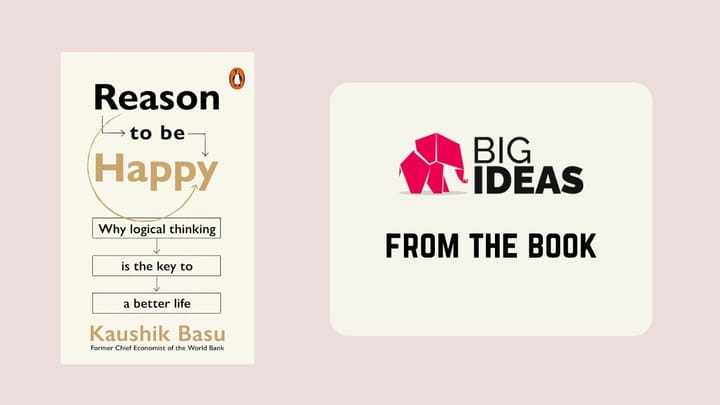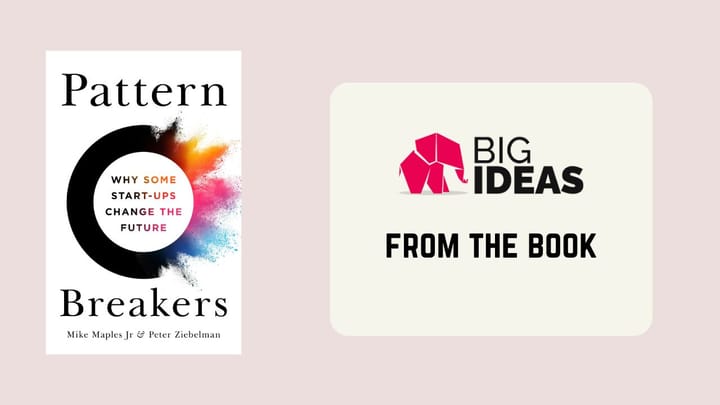How to Begin: Start Doing Something That Matters – Michael Bungay Stanier

Answer the call of your inspiration and start working on your “worthy goal”—one that excites you but also slightly terrifies you, one that fulfills you but also gives more than it takes. In this practical and compelling text, author and entrepreneur Michael Bungay Stanier offers his “How to Begin” process to help you jump-start your journey. His sensible advice and easy-to-follow exercises guide you as you work toward your goal but also help you pinpoint what might be holding you back from crossing the finish line. Let Stanier challenge you to unlock your greatness.
Key Takeaways
- Unlock your ambitions to make a difference in your life and in the world around you.
- Set a “worthy goal” that is deserving of your time and energy.
- Build on your worthy goal’s first draft by getting feedback and measuring its feasibility.
- Finalize your worthy goal draft by measuring if it’s truly “thrilling, important and daunting.”
- Reflect on previous “false starts” and current behaviors that may hinder your progress.
- Recognize the human tendency to favor the status quo.
- Consider the personal qualities you will enhance, but also the risks you take, when pursuing your worthy goal.
- Take small steps forward by testing frequently to ensure your plan is solid.
- Use your support system, and determine who should join you on your journey and who shouldn’t.
First Draft
Build on your worthy goal’s first draft by getting feedback and measuring its feasibility.
Examine your first draft and get feedback by doing the following:
Talk your idea through with someone close to you, such as a spouse, a best friend, or a sibling. This person knows you the best and can assess you and your idea from a perceptive and insightful viewpoint.
Using Verbs
Make another attempt at your draft to give it more concrete direction. Using verbs to more accurately describe your intent creates a more actionable project. If your first draft already includes a verb, ensure it illustrates the real challenge you envision. For example, you might change “stop being CEO,” which doesn’t tell the full story, to “manage the transition out of the CEO role,” which more aptly describes the objective. Strengthen your draft with actionable verbs such as “launch,” “write, build, organize and “dismantle.
Finalize your worthy goal draft by measuring if it’s truly thrilling, important, and daunting.
Internal And External Benefits
External benefits include potential financial gain, positive reviews, or notoriety.
Internal benefits include the chance to nurture basic human needs, such as affection, freedom, and identity, and to enhance personal qualities with which you resonate, such as generosity, adventure, leadership, or insight.
Realizing both your external and internal gains through this challenge will help you unlock your potential, spark personal growth, and achieve your best.
The Three Qualities
Define your worthy goal and ensure it rates high with these three qualities:
Thrilling: When you consider this idea or project, you get excited because it resonates with you. You think “I want” and not “I should.”
Important: Your idea contributes to others around you, either on a small scale, such as improving a relationship with someone, or on a large one, such as starting an organization.
Daunting: While this idea excites you, it also stretches your talents and capabilities, pushing you to work outside your comfort zone.
Use Your Support System
Use your support system to determine who should join you on your journey and who shouldn’t.
You need other people to support you. First, find out who shouldn’t join you on your journey—such as those who take more than they give or make you move forward with trepidation. Leave behind anyone who makes achieving your worthy goal harder than it already is.
Don’t settle for two out of three.
For example, an important and daunting goal that doesn’t excite you lacks the stimulation you need to sustain it, while a thrilling and important goal may not present the challenge you need.
“With thrilling, important and daunting established as the base, you’re ready to look for your worthy goal.”
Talk To Yourself
Ask yourself for whose sake you’re doing the project. Does your goal bring you personal satisfaction, or do others benefit from it as well?
Analyze your idea using the “Goldilocks Zone” test: Is your idea too big, too small, or does it feel “just right” in its scope, size, and difficulty? Will you be able to follow through?
“Locating your worthy goal in the Goldilocks Zone is the way to ensure it has the right amount of heft.”
How To Attain Happiness
Unlock your ambitions to make a difference in your life and in the world around you.
Happiness seldom comes from obtaining status and financial success. Most of the time, it comes from living a full life and doing things that matter. Tap into your ambitions and stretch your capabilities to take on worthwhile challenges. Channel your talents and ambitions to enhance not just your life but also those of others. For example, chair a team dedicated to a worthy project, discover a new technology, start a podcast, or volunteer in your community.
Unlock our greatness by working on the hard things
Directing your ambitions proves difficult without having a clear idea of where to start. You need a reliable process—one that helps you clarify your goals, however big or small, and commit to achieving them. The “How to Begin” process offers you practical and reliable steps that help you:
Set a “worthy goal” that excites you but also positively serves the larger community.
“Commit” to your goal, but also recognize the risks and sacrifices you must make.
“Cross the threshold” by starting small, envisioning yourself at your best, and engaging others on your journey.
Set a “worthy goal” that is deserving of your time, attention, and energy.
Recognize the human tendency to favor the status quo.
Most people tend to favor the status quo. But what are the consequences of not changing? Much like a cost-benefit analysis, weigh the pros and cons of keeping the status quo. First, ask yourself what you gain when you forgo this opportunity to challenge yourself, then look for patterns to see what these “prizes” reveal about you.
For example, by not committing, you have more control over your life, have time for other projects, and don’t risk failing.



Comments ()